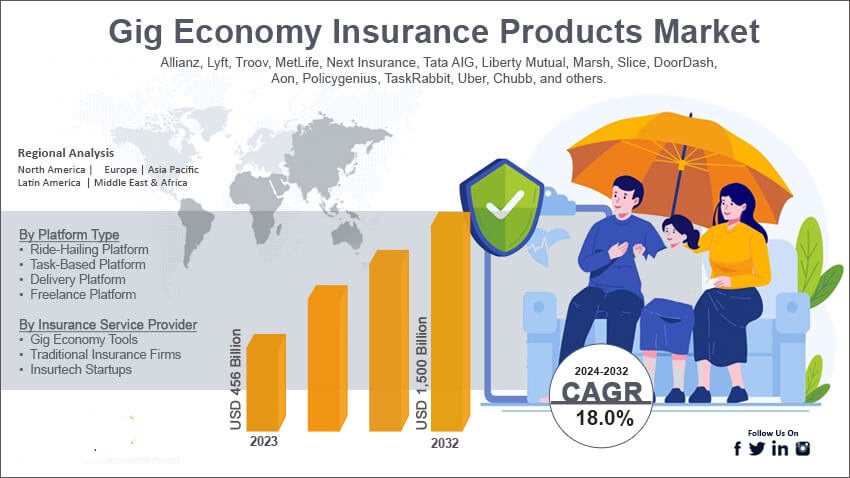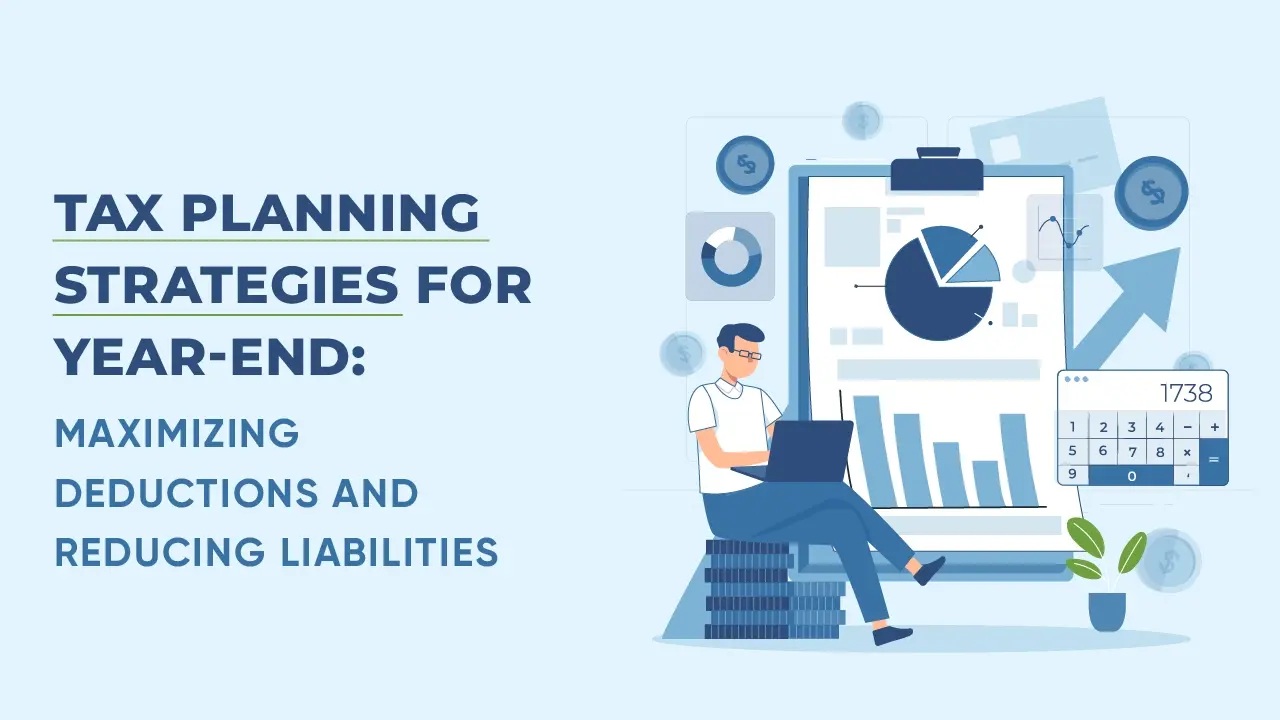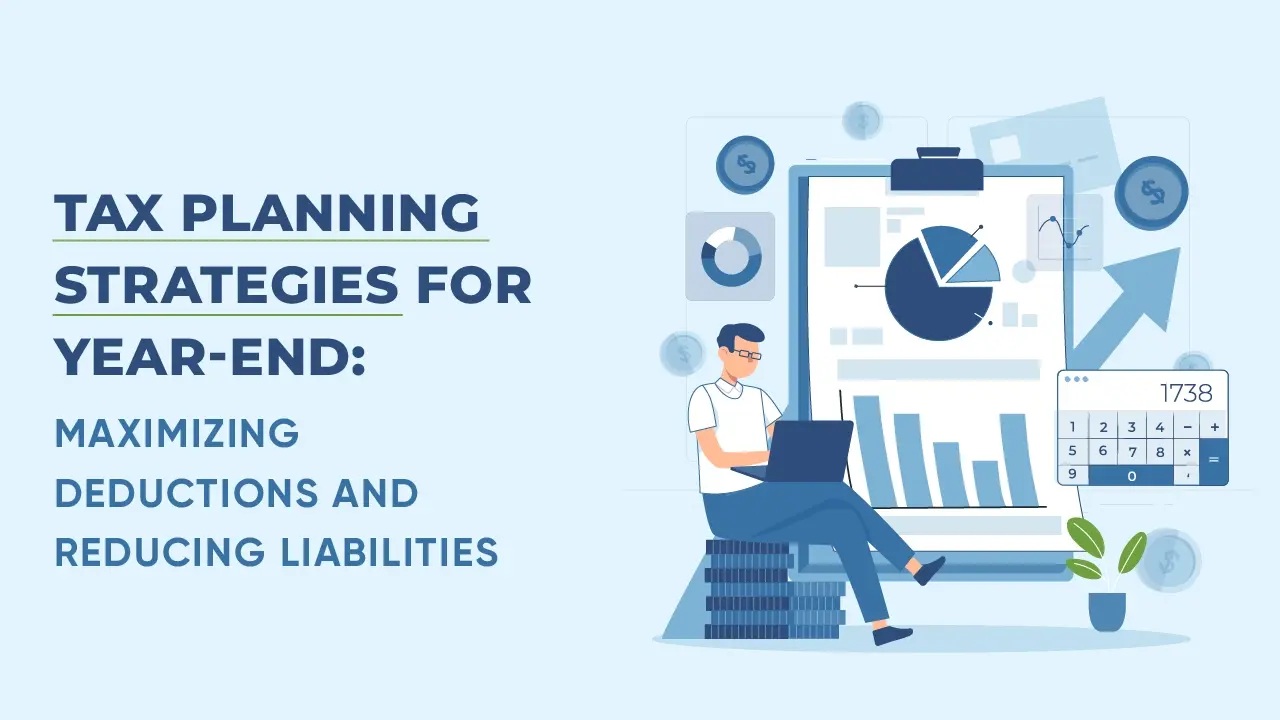The AI Revolution in Insurance
Artificial Intelligence (AI) is reshaping the insurance industry at an unprecedented pace. By 2025, AI technologies will have transformed underwriting, claims processing, risk assessment, and customer experience, creating a more efficient, personalized, and fraud-resistant insurance ecosystem.
This comprehensive article explores how AI is revolutionizing insurance in 2025, key technological advancements, challenges, and strategies insurers should adopt to stay competitive and compliant in a fast-evolving market.
What Is AI in Insurance?
AI in insurance refers to the use of advanced algorithms, machine learning, natural language processing (NLP), and robotic process automation (RPA) to automate and enhance insurance operations. Core AI applications include:
- Automated underwriting
- Claims automation and fraud detection
- Customer service chatbots
- Risk modeling and predictive analytics
- Personalized pricing and product recommendations
Market Overview: AI Adoption in Insurance
Global AI Insurance Market Growth
The AI in insurance market was valued at approximately $5 billion in 2020 and is projected to reach over $35 billion by 2025, growing at a CAGR above 40%. Insurance giants and startups alike are investing heavily in AI to reduce costs, increase accuracy, and improve customer satisfaction.
Key Drivers
- Need for operational efficiency
- Rising customer expectations for digital experiences
- Increasing fraud sophistication
- Availability of big data and advanced analytics tools
- Regulatory push for transparency and risk management
How AI is Transforming Core Insurance Functions
1. Underwriting and Risk Assessment
AI automates data collection from diverse sources such as social media, IoT devices, and telematics to create dynamic, real-time risk profiles. Machine learning models analyze historical claims and external data to price policies more accurately and identify emerging risks.
2. Claims Processing and Fraud Detection
AI-powered systems accelerate claims handling by automatically verifying documents, assessing damages through image recognition, and predicting claim legitimacy. Fraud detection algorithms analyze behavioral patterns and anomalies to flag suspicious claims efficiently.
3. Customer Engagement and Personalization
AI chatbots and virtual assistants provide 24/7 customer support, answer queries, guide through policy purchases, and even tailor recommendations based on customer profiles and preferences.
4. Product Development and Pricing
Insurers leverage AI to design personalized insurance products aligned with customer risk profiles and market trends, offering usage-based and behavior-based pricing models.
AI Technologies Powering Insurance in 2025
Machine Learning
Enables predictive modeling for underwriting, pricing, and fraud detection by identifying patterns in large datasets.
Natural Language Processing (NLP)
Supports chatbots, sentiment analysis, and automatic interpretation of policy documents and claims reports.
Robotic Process Automation (RPA)
Automates repetitive administrative tasks such as data entry, policy renewals, and compliance reporting.
Computer Vision
Processes images and videos for damage assessment, fraud detection, and automated claim approvals.
Internet of Things (IoT)
Feeds real-time data from connected devices such as cars, homes, and wearables into AI systems for dynamic risk evaluation.
Benefits of AI Integration in Insurance
- Faster and more accurate underwriting reduces time to policy issuance.
- Streamlined claims processing cuts costs and enhances customer satisfaction.
- Improved fraud detection minimizes losses.
- Enhanced customer engagement boosts loyalty and retention.
- Data-driven insights enable proactive risk management and regulatory compliance.
Challenges and Risks of AI Adoption
1. Data Privacy and Security
Handling vast amounts of sensitive customer data requires stringent cybersecurity measures and compliance with regulations like GDPR and CCPA.
2. Algorithmic Bias and Fairness
AI systems must be monitored to prevent biased decisions that could discriminate against certain groups.
3. Integration with Legacy Systems
Incorporating AI into existing IT infrastructure can be complex and resource-intensive.
4. Regulatory Uncertainty
Evolving AI regulations require insurers to remain agile and transparent in AI deployment.
Emerging Trends in AI Insurance for 2025
1. Explainable AI (XAI)
Increasing demand for AI transparency is driving adoption of explainable AI methods, enabling insurers to justify decisions to regulators and customers.
2. AI-Powered Cyber Insurance
With rising cyber threats, AI is critical in modeling cyber risk and managing policies tailored for digital assets.
3. Usage-Based and On-Demand Insurance
AI facilitates real-time risk tracking and dynamic pricing, allowing customers to pay only for what they use.
4. AI in Reinsurance
Advanced AI models help reinsurers assess and price complex, large-scale risks more accurately.
How Insurers Can Prepare for AI-Driven Transformation
- Develop AI expertise internally or via partnerships.
- Invest in clean, diverse datasets to improve model accuracy.
- Adopt transparent and ethical AI practices.
- Engage regulators proactively to ensure compliance.
- Focus on customer-centric AI applications for personalized experiences.
Conclusion: AI as a Catalyst for a Smarter Insurance Industry
AI is fundamentally transforming the insurance sector in 2025 by automating complex processes, enhancing risk prediction, and delivering superior customer experiences. Insurers that embrace AI responsibly, while addressing ethical and regulatory challenges, will unlock new efficiencies, competitive advantages, and customer trust.
5 Unique FAQs About AI in Insurance 2025
1. How is AI improving insurance underwriting?
AI uses vast data sources and machine learning to assess risks and price policies more accurately and quickly.
2. Can AI detect insurance fraud effectively?
Yes, AI analyzes patterns and anomalies in claims to identify fraudulent behavior with high accuracy.
3. What role do AI chatbots play in insurance?
They provide instant customer support, policy guidance, and streamline claims reporting.
4. What are the biggest challenges in AI insurance adoption?
Data privacy, algorithmic bias, legacy system integration, and regulatory compliance.
5. How can insurers prepare for AI transformation?
By investing in talent, ethical AI frameworks, data quality, and proactive regulatory engagement.
AI in Healthcare 2025: Revolutionizing Medicine and Patient Care



























